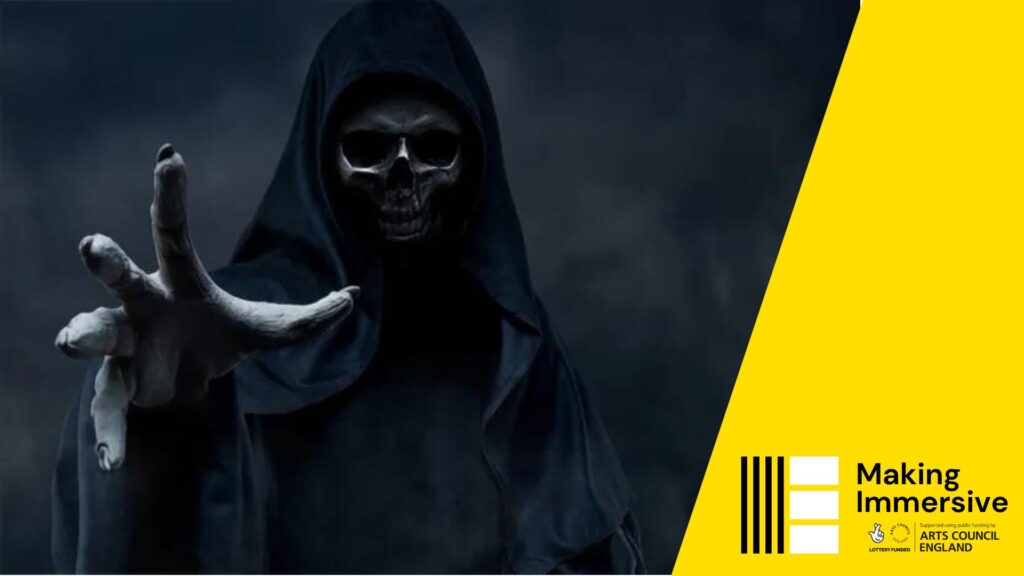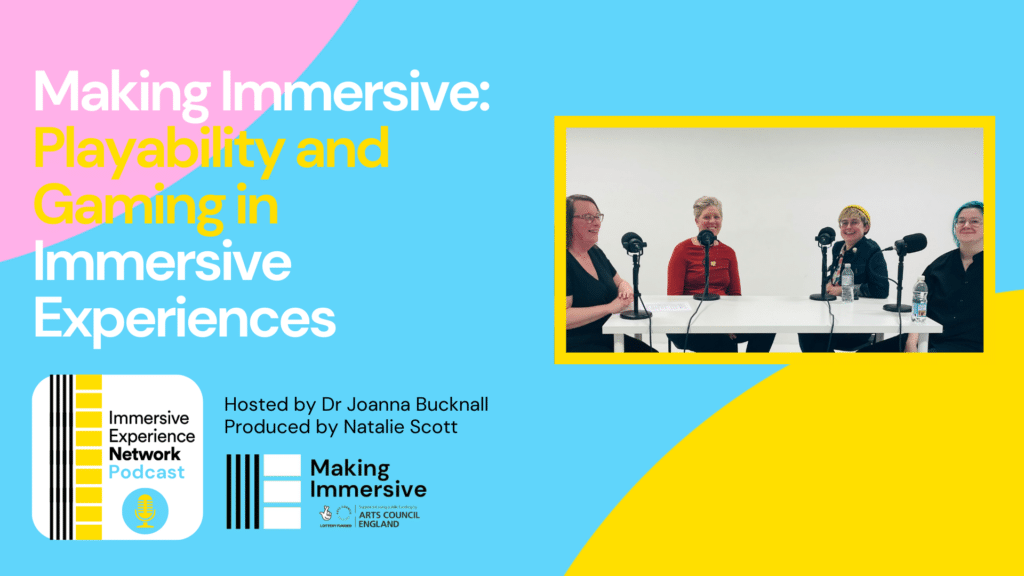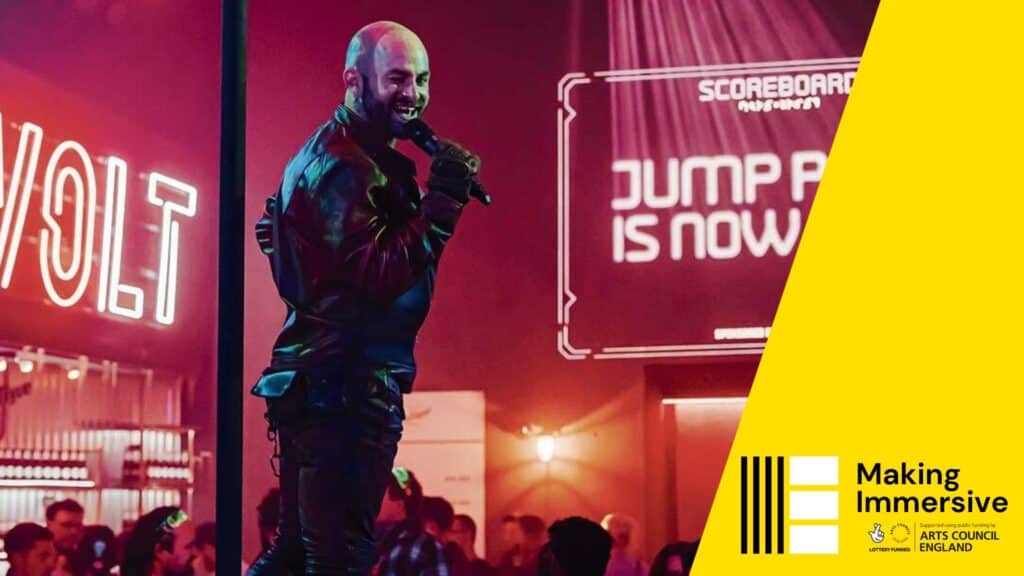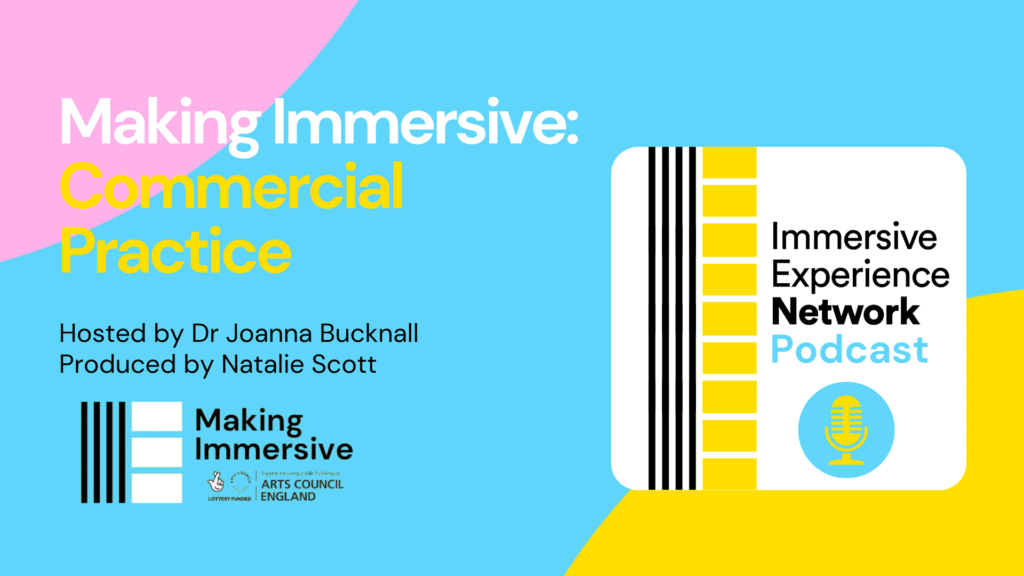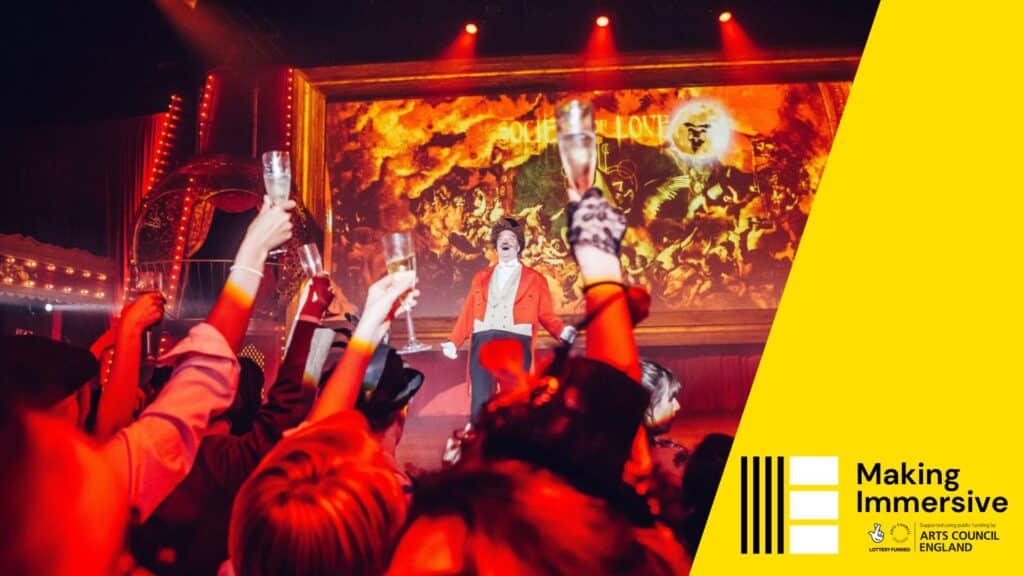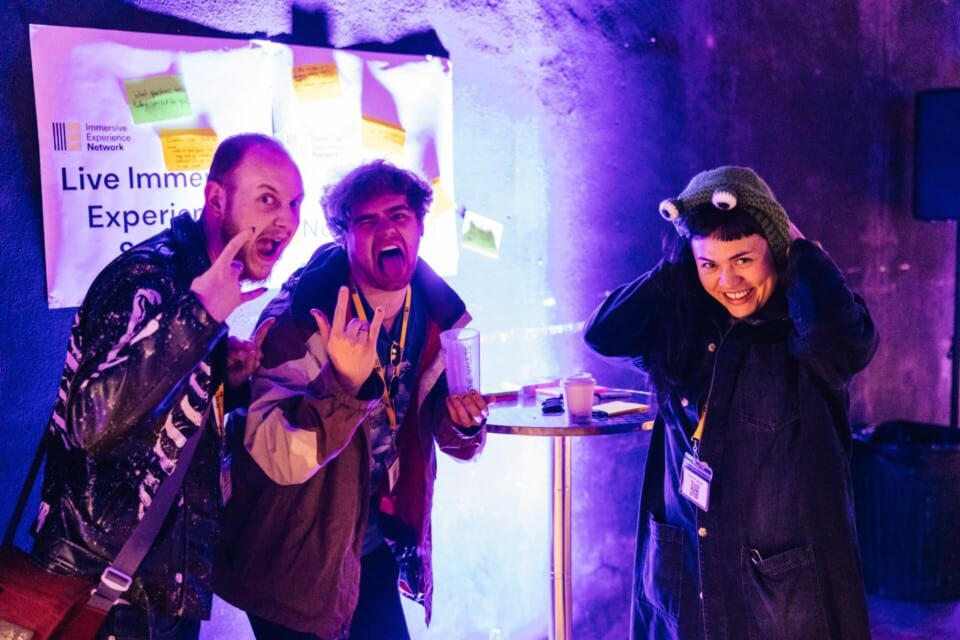Have you ever felt so terrified, yet exhilarated? This is the primary aim of scare entertainment. This form of entertainment has been existing since 1915 when travelling showman Patrick Collins constructed what is believed to be the world’s first Haunted House named the Haunted Cottage for his wife, Flora. This gift was not only bestowed upon his cherished wife, but little did he know that this gesture would lead to an entire genre of live entertainment that would span decades and become a booming industry.
Scare Entertainment comes in many different shapes and forms, from haunted houses (or scare mazes to Brits), horror theatre and immersive audio experiences through to full Halloween theme parks. For this Spotlight, we will be focusing on all things scare mazes, scream parks and scare experiences, but, what are they?
Scare mazes are walkthrough experiences that aim to scare the audiences. These often take place in confined spaces where the audience pass through scenes and corridors that utilise live performers, theatrical lighting, soundscapes and interactive theatrics immerse audiences into a horror narrative. A scare experience on the other hand tends to be more theatrical in nature, you may sit down and witness s piece of horror theatre, or walk through a scare maze alone on a much more intense, one-on-one journey through a horror story. A scream park is a large-scale event that is comprised of a combination of both of these types of scare entertainment, with the added bonus of food and beverage options, sideshow games, merchandise stands and sometimes an offering of rides.
I am Mark Lofthouse, I have been working in scare entertainment since I was 16 years old. My first introduction to this weird and wonderful genre was as a scare actor for a production at an old stately home in Liverpool. Since then, I have had involvement with over 140 separate scare mazes and experiences in different contexts from creative design, through to operations management and project direction. This area of work is one that I have carved out my entire career and now work as a consultant on many different scare entertainment projects across the world. When I was asked to write this article, I jumped at the chance to share some of my expertise with readers that may also want to look at career opportunities in scaring the living daylights out of future audiences.
For me, the world of ‘immersive’ entertainment is a somewhat clouded one. Year after year, we see the word being associated with productions that I, personally, would not define as immersive. Yet, creating truly immersive experiences is what made me want to join this industry. The notion that I could introduce audiences into a narrative of my own telling, and for just one split second make them think that they are truly living in a horror story.
Arguably, a good scare maze can be one of the most immersive forms of entertainment. Their dwell time often sits around 5 – 10 minutes, and in that time you have to tell a backstory, give the audience a purpose and explain their chapter in the story in a strong visual, auditory, tactile, vestibular and tactile way, all whilst they are distracted and often than not not paying attention to the narrative you’ve fought so hard to create.
As a designer of scare mazes, you have to think of everything being in 360º, unlike horror movies where you have a focus point (the screen), the entire maze IS the focus point – so it can be incredibly tricky. You have to think that the audience will look at every prop, listen to every noise and touch every wall… because they will! Whilst this might seem a daunting prospect for immersive designers, arguably, it’s the most exhilarating opportunity to create a true story from our minds in the round.
My advice for any producer wanting to move into this area is:
- Learn horror tropes. What is popular? What is a staple? What is it that scares people? But, most importantly, ask yourself WHY.
- Give your audiences purpose. Are the audience merely voyeurs to the world you have created? Are they the victims being stalked by a vicious killer? Or, are THEY the evil force in the experience? Always start your journey by putting the audience at the forefront of the experience.
- Think about dust. I know this sounds ridiculous, but, think about dust on a shelf. This is the level of detail that I, personally, go into when creating scare mazes. We are trying to suspend the audiences disbelief at an extremely rapid rate – so everything in this fictitious environments needs to be as authentic as you can possibly make it. This may mean spraying fake dust onto a shelving unit of the abandoned house that has lay dormant for years. Remember… dust!
The horror genre by trade, can be extremely triggering for many audience members. We have all been through trauma in some way, shape or form over our lifetimes. As creators, the last thing we want to do is cause actual emotional distress to anybody. As industry standard, terms and conditions of entry are visually, and audibly given before entering each scare maze – this means that audiences make their own decision if they should enter or not. A trend that has started to become more popular in recent years is the introduction of ‘themes’, akin to movies, to further explain the narrative without fully detailing what happens in the experience – as they are purposefully shrouded in mystery.
Scare actors are trained to look for certain reactions that are most common within scare mazes and are also trained on how to safeguard the audience, and themselves from any less than desirable reactions. When scared, our amygdala activates a flight or fight response as a perception of danger. We simply cannot fully control our reactions to being scared – but, we can train the scare actors how to overcome these reactions, and look after the audience! Strong guidelines and training should be put into place for all scare actors, ensuring their safety, and the safety of the audience are put above all else.
This industry is an incredibly lucrative, engaging and exciting one to be part of. The ever increasing scale makes for greater opportunities and growth, and further connection with other genres of immersive entertainment – it’s been fantastic to see the industry grow so much in just 17 years, and I cannot wait to see how it looks in another 17.

